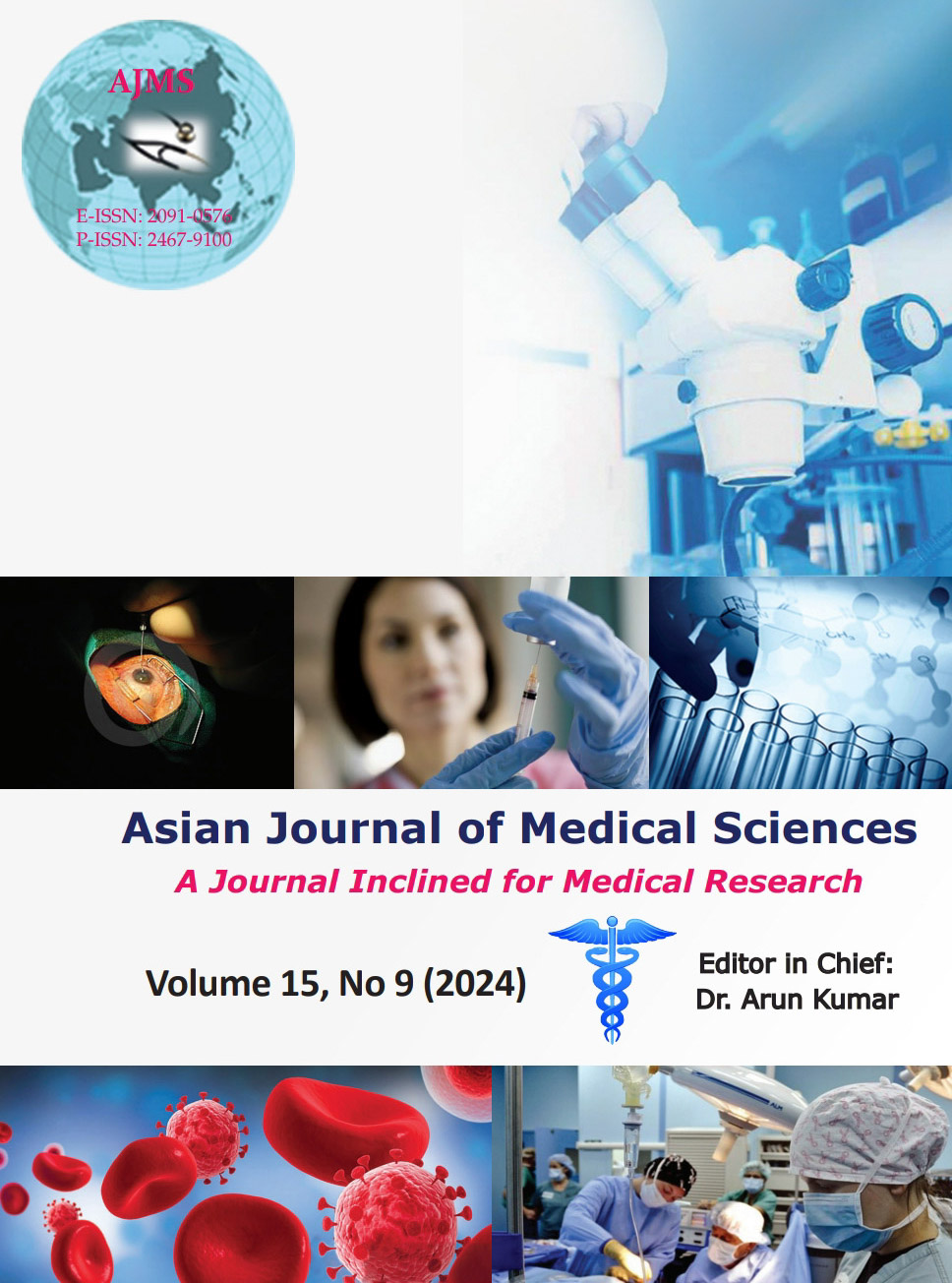DNA repair efficiency in young hypertensive: Is lifestyle a prooxidant factor?
Keywords:
Hypertension; Oxidative stress; Reactive oxygen species; MalondialdehyeAbstract
Background: High prevalence of hypertension (HTN) is of major concern among the middle-aged population of Kerala. Understudied in the context of HTN is oxidative damage to DNA, which is caused by free radical assaults. The modern lifestyle associated with an unhealthy diet and lack of exercise plays a key role in oxidative stress induction.
Aims and Objectives: The objective of this study was to assess the significance of oxidative stress and the effectiveness of DNA repair mechanisms in young hypertensives along with how it correlates with aspects of lifestyle.
Materials and Methods: This prospective case–control study enrolled clinically proven hypertensive patients referred from the outpatient department of Hridayalaya, Institute of Preventive Cardiology, Thiruvananthapuram, to Genetika, a research center for Cytogenetic Studies in South Kerala. Hypertensive patients (n=180) within the age group of 18–39 were compared with matched healthy controls (n=140). Associated lifestyle factors were determined.
Results: In comparison to controls, cases had noticeably higher mean levels of malondialdehyde (MDA) and mean break per cell (P<0.05). There was a difference that was statistically significant (P<0.05) between the patients and controls in terms of diet, exercise, physical activity, obesity, mental stress, alcohol, and tobacco use. On comparing MDA and mean break per cell values with lifestyle factors, a statistically significant difference was detected (P<0.05). Observed a significant positive correlation of break per cell value with MDA (P<0.05).
Conclusion: The current study demonstrated increased DNA damage and decreased DNA repair efficiency in young hypertensive and was strongly associated with lifestyle factors. Appropriate measures such as regular BP checkups, regular exercises, and abstinence from alcohol and smoking are to be taken for the prevention and control of HTN.
Downloads
Downloads
Published
How to Cite
Issue
Section
License
Copyright (c) 2024 Asian Journal of Medical Sciences

This work is licensed under a Creative Commons Attribution-NonCommercial 4.0 International License.
Authors who publish with this journal agree to the following terms:
- The journal holds copyright and publishes the work under a Creative Commons CC-BY-NC license that permits use, distribution and reprduction in any medium, provided the original work is properly cited and is not used for commercial purposes. The journal should be recognised as the original publisher of this work.
- Authors are able to enter into separate, additional contractual arrangements for the non-exclusive distribution of the journal's published version of the work (e.g., post it to an institutional repository or publish it in a book), with an acknowledgement of its initial publication in this journal.
- Authors are permitted and encouraged to post their work online (e.g., in institutional repositories or on their website) prior to and during the submission process, as it can lead to productive exchanges, as well as earlier and greater citation of published work (See The Effect of Open Access).




